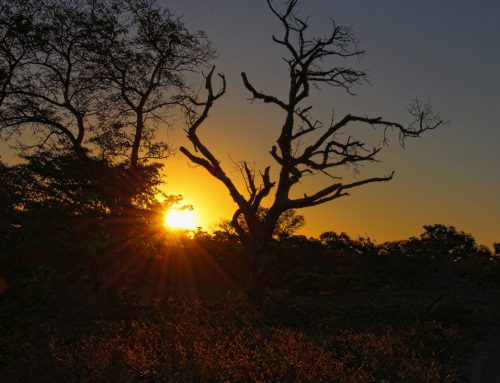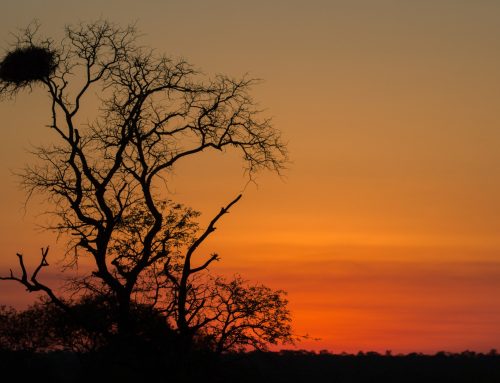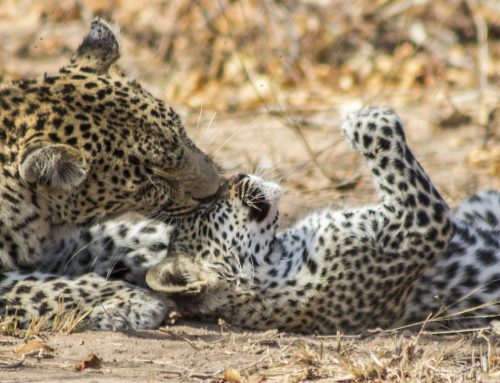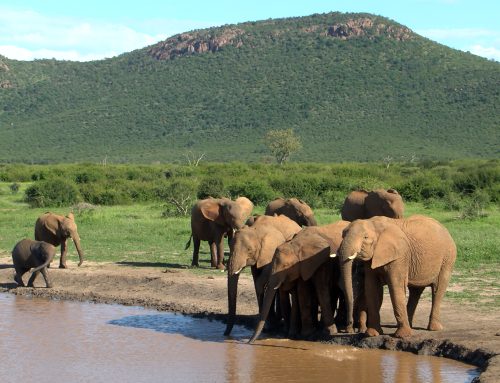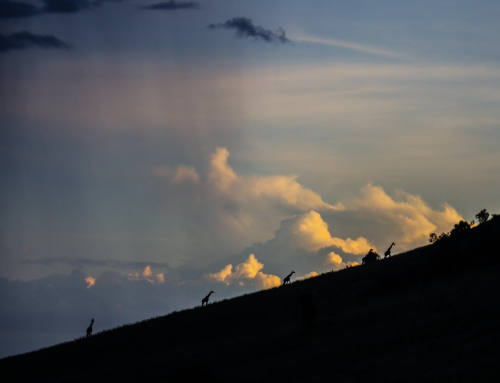World Rhino Day – 22 September 2016
In Southern Africa we find the commonly called ‘White’ and ‘Black’ Rhino. Their actual names are the ‘Square lipped’ and ‘Hook lipped’ Rhino. Their names are derived from the shape of their mouths and lips. You may be wondering then if there are Rhino in Southern Africa, why have you not seen them grazing on the screens of safariLIVE?
The answer is of a solidarity nature. WE have taken a stand against poaching. WE will discuss them, however WE do not show these beautiful ungulates. The reasoning behind this is to secure the safety of the rhino.
This year on World Rhino Day WE are celebrating these highly endangered animals. As usual WE will not be showing any Rhinos but WE would love to answer as many questions about rhino as possible. Our presenters will be ready to give you any answers you need to bring more awareness to the species.
Here are three quick facts to get your grey matter into gear for Rhino day!
Fact 1 : Thick skins aren’t always hard!
Although a rhino has very thick skin, it is very sensitive. In fact, Rhinos can get sunburnt and bitten by insects, they are also incapable of sweating. This is why, similarly to the Elephant they will cover themselves in mud. Much like our ‘mud spas’, the mud offers the rhino protection and cools them down.
Fact 2 : A Midden of conversations
A pile of rhino dung is called a midden and it holds valuable information for other rhinos. Upon finding a midden, a rhino will smell it, walk through it and then add their own dung to the mix. Through olfaction a rhino will be able to communicate its age , its sex and its territory : This comes in handy when looking for a mate or avoiding a territorial battle.
Fact 3 : A family that laughs together, stays together
Rhino are territorial animals and although solitary, preferring to roam on their own, the White Rhino can be found to be living in family groups, especially the females and the calves. The calves are very playful and make a ‘mmmwonk’ sound when they are happy.
The greatest harm to the Rhino is not the natural predators in the wild, but rather humans. As marvelous and as healing as it is for the soul to watch a rhino, be it solo or in a crash, these animals do not have any medicinal attributes that would help humans in any manner whatsoever.
One of our greatest rhino protectors are the anti-poaching units. Pro-active and reactive anti-poaching ranger patrols reduce the level of poaching and increase the chances of catching rhino poachers. The poaching of rhino has subsequently reduced because of the fantastic and work that these units are doing.The official release from the South African Department of Environmental Affairs states that there have been 363 Rhino Poached so far in 2016, compared to 404 this time last year.
The Rhino is highly endangered, but with the efforts from all of us we can make a difference. As there is no reason for poaching to occur, there is too no need for this animal to become extinct and WE would like to celebrate this animal more openly in the future.


